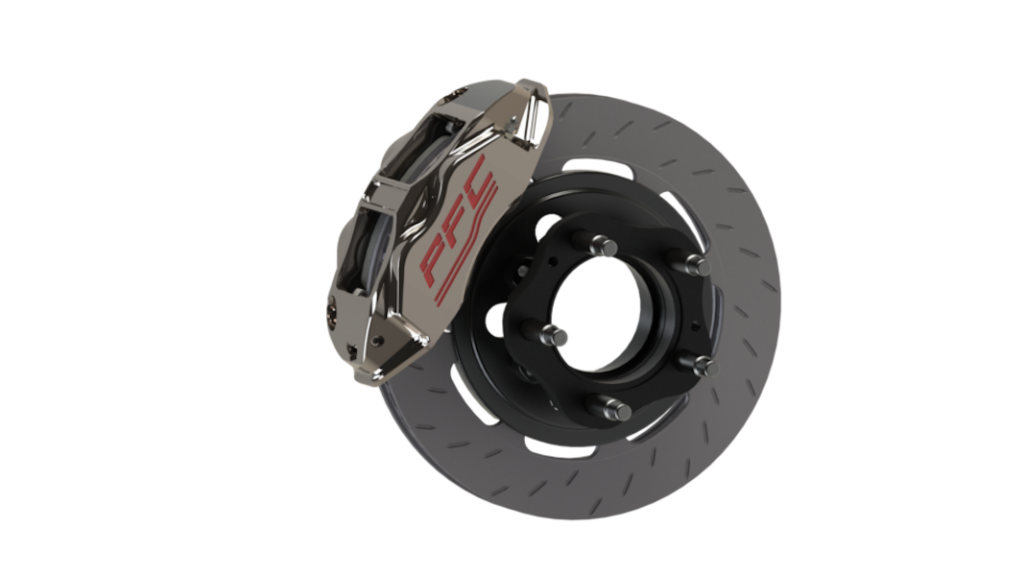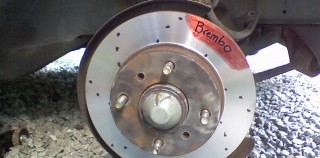
The first question should be: “What do you dislike or like about your current brakes?” A number of conditions can cause the customer to think the brake pads are to blame. The customer may have a problem with the master cylinder, calipers or other hydraulic components that could cause long stops or a sinking brake pedal. It also sets a base line.
Ask them when was the last time the brake pads were replaced. If they can’t remember, you might be better off recommending a set of premium pads that might return the brakes to “like-new” performance before they step up to a high-performance brake pad.
Ask the customer what they expect from an aggressive, high performance or racing brake pad. Their perception of what these pads can do for their vehicle may be 180 degrees from reality. Don’t worry about losing the sale, chances are the “up sell” has already been done for you by a magazine article, advertisement or product placement.
After you find out what they what, it is now the time to find out what they need. Ask about what kind of driving they do during the vehicle’s “normal” operation. Ask them if they carry heavy loads. Find out if they primarily drive on the freeway or twisty roads where the brakes are consistently being applied. The objective of these questions is to find out when, where and the frequency of critical brake applications. Creating a performance profile determines if the rotor and pad are cold during a critical stop, or if the brakes endure high temperatures for an extended period of time.
Now that you know what they need, you now have to move on to what they expect from their new set of brakes in terms of life, drivability and possible noise. This is insurance against miscommunication and possible comebacks.

